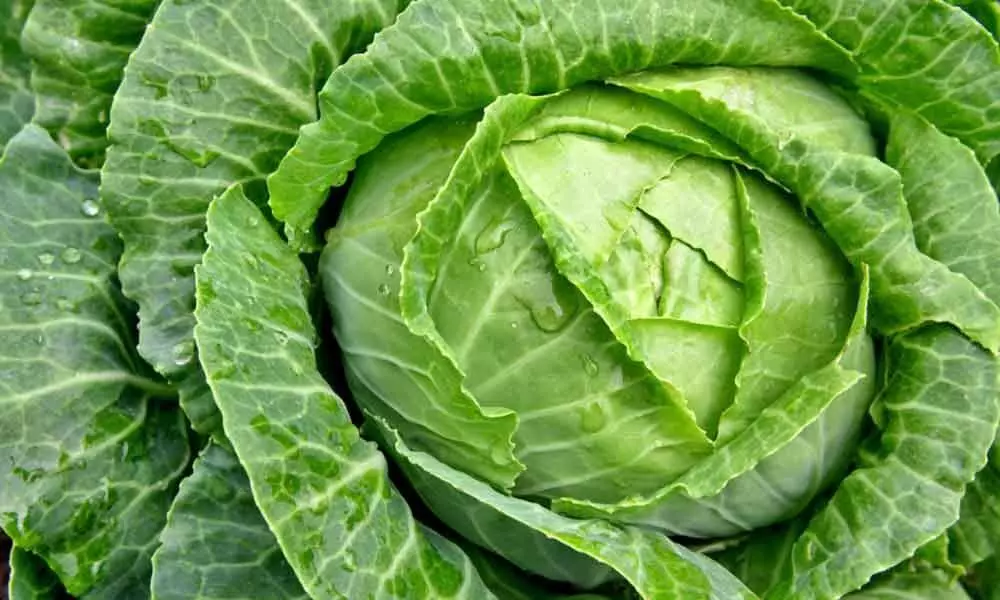Compound in cabbage, cauliflower may help fight fatty liver disease: Study

A natural compound found in widely consumed vegetables such as cabbage, kale, and cauliflower may help treat fatty liver disease, a study claims.
A natural compound found in widely consumed vegetables such as cabbage, kale, and cauliflower may help treat fatty liver disease, a study claims.
The study, published in the journal Hepatology, demonstrates how non-alcoholic fatty liver disease (NAFLD) can be controlled by indole, a natural compound found in gut bacteria, and in cruciferous vegetables. It also addresses how this natural compound may lead to new treatments or preventive measures for NAFLD, the researchers said.
"We believe healthy foods with high capacity for indole production are essential for preventing NAFLD, and are beneficial for improving the health of those with it," said Chaodong Wu from Texas A&M AgriLife Research in the US. "This is another example where altering the diet can help prevent or treat disease and improve the well-being of the individual," Wu said. NAFLD occurs when the liver becomes "marbled" with fat, sometimes due to unhealthy nutrition, such as excessive intake of saturated fats. If it is not properly addressed, the condition can lead to life-threatening liver disease, including cirrhosis or liver cancer, the researchers said.
Gut bacteria can have an effect -- either positive or negative -- on the progression of fatty liver disease, they said. These bacteria produce many different compounds, one of which is indole. This compound, a product of the amino acid tryptophan, has been identified by clinical nutritionists and nutrition scientists as likely having preventive and therapeutic benefits to people with NAFLD.
The US National Cancer Institute also notes the benefits of indole-3-carbinol found in cruciferous vegetables, including their anti-inflammatory and cancer-fighting properties. The latest study examined the effect of indole concentrations on people, animal models, and individual cells to help determine indole's effect on liver inflammation and its potential benefits to people with NAFLD.
It investigated the extent to which indole alleviates NAFLD, incorporating previous findings on gut bacteria, intestinal inflammation, and liver inflammation. The researchers investigated the effects of indole on individuals with fatty livers. In 137 Chinese subjects, the team discovered people with a higher body mass index tended to have lower levels of indole in their blood. The levels of the compound in those who were clinically obese were significantly lower than those who were considered lean, the researcher said. In those with lower indole levels, there was also a higher amount of fat deposition in the liver, they said.



















